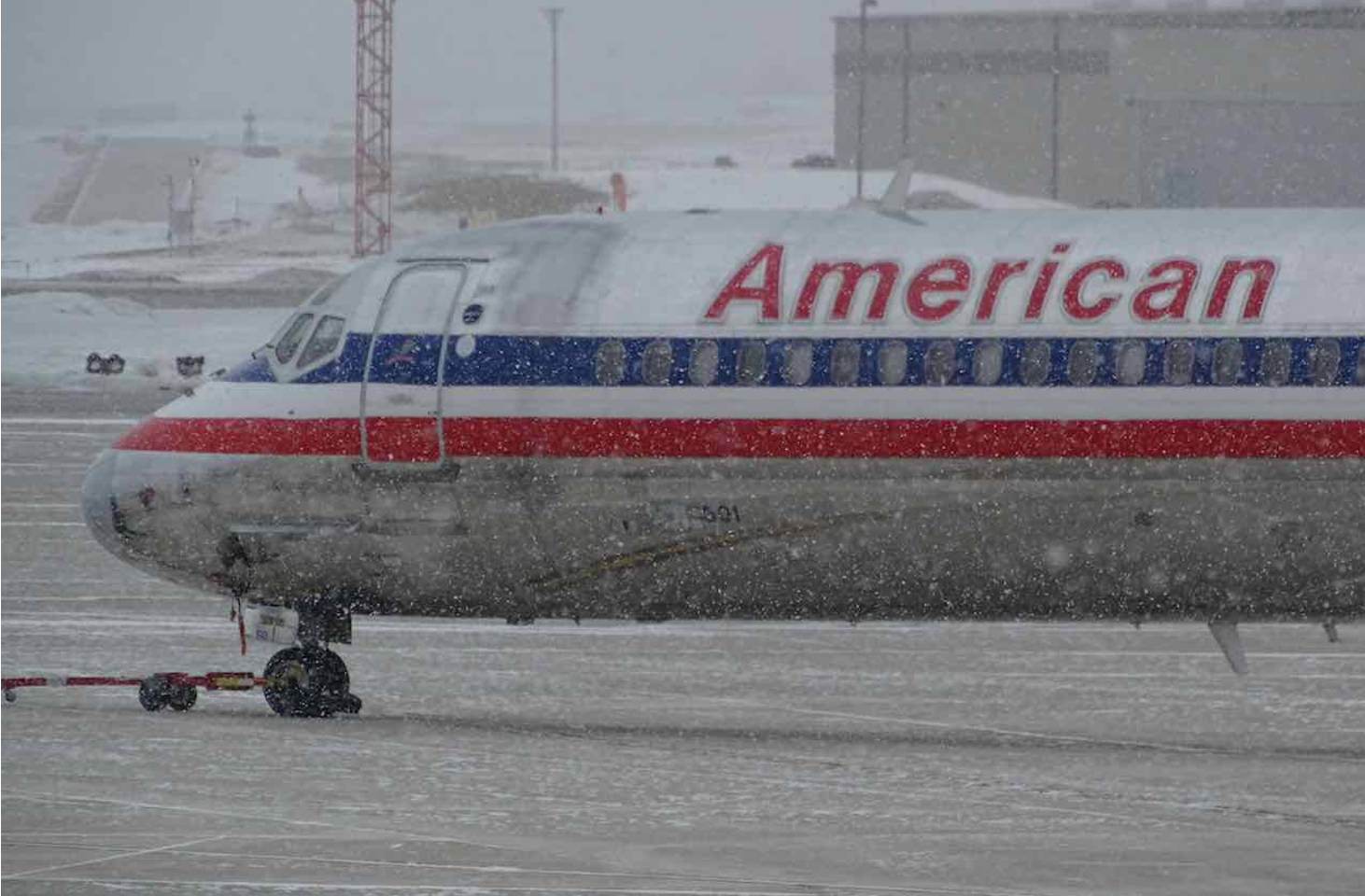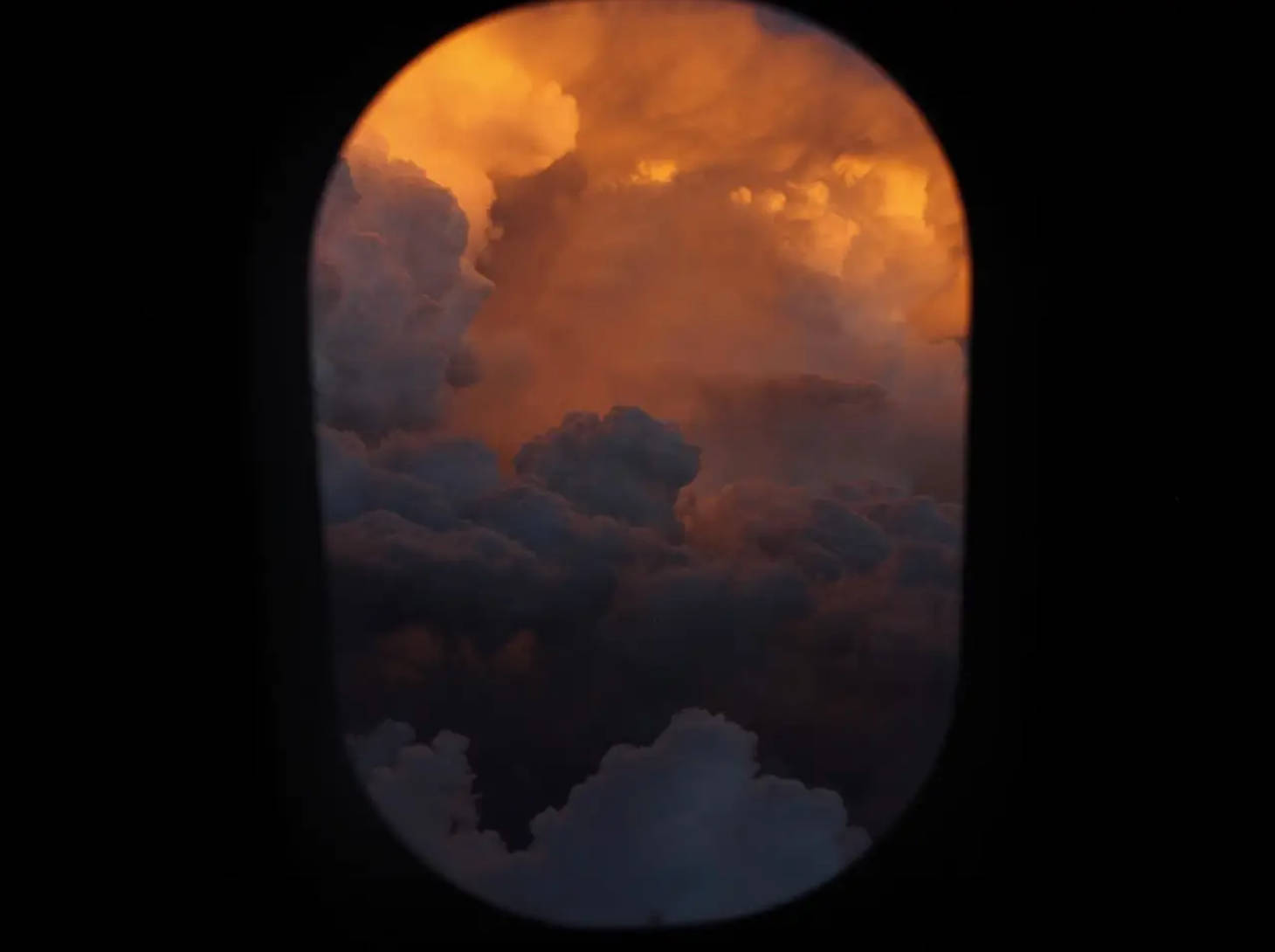Causes of Flight Delays
As someone who frequently travels, I've encountered my fair share of flight delays. There's nothing quite like the frustration of being ready to fly off to your destination, only to see that dreaded "delayed" status on the airport's flight information display. Over the years, I've learned a lot about why these delays happen, and I want to share some insights to help you better understand the situation.
Human Factors
From my experience, human-related delays are quite common and can occur for various reasons:
- Aircraft Turnarounds: I've often noticed that delays happen because the aircraft isn't ready in time. This can be due to a late arrival of the previous flight, leaving the crew scrambling to prepare the plane for the next set of passengers.
- Crew Availability: One time, my flight was delayed because the crew was stuck on a connecting flight. It's a common issue, especially during peak travel times, and can be frustrating when you're eager to get to your destination.
- Air Traffic Control: Busy airports often experience delays due to air traffic control. I've sat on the tarmac for what felt like forever, waiting for clearance to take off or land.
- Passenger Punctuality: This one always gets me—passengers arriving late, causing the entire boarding process to slow down. It's a reminder to always arrive at the gate on time!
Ever found yourself stuck in an airport, frustrated by flight delays or cancellations? You're not alone. In this eye-opening video, Forbes delves into the alarming rise in global flight disruptions, from Asia to Europe and beyond. Before 9 A.M. Eastern time on Monday, airports worldwide had already reported over 10,000 delays and 1,700 cancellations. I recently watched this video and it helped me understand the scale of these issues and what to expect on my next trip. Whether you're a frequent flyer or planning your next vacation, this video offers crucial insights into the current state of air travel. Don't miss out—watch it now to stay informed and prepared!
Machine Factors
Delays due to mechanical issues are sometimes unavoidable:
- Mechanical or Maintenance Issues: I've had flights delayed because of last-minute mechanical checks. For instance, once, there was an issue with a warning light in the cockpit. It took a while to fix, but it's reassuring to know that safety comes first.
Natural Factors
Weather is a major cause of flight delays, and I've experienced this firsthand at various stages:
- Departure Airport: I was once stuck in Tampa during a severe thunderstorm, and flights were grounded for hours. Airports like Tampa TPA and Dallas Love Field often face such challenges.
- In-Flight: I've also experienced delays mid-flight due to turbulence or strong headwinds. It's not pleasant, but it's something we have to deal with.
- Arrival Airport: I remember landing at Chicago Midway during a snowstorm. The delay was significant, but safety is always the priority.
Air Traffic
Air traffic congestion can also cause delays, both on the ground and in the air:
- Ground Congestion: I've experienced delays because the aircraft couldn't push back from the gate on time. It creates a chain reaction, delaying subsequent flights.
- In-Air Congestion: Sometimes, flights have to circle the airport due to congestion. It's happened to me more than once, where the plane just keeps circling until we finally get clearance to land.
READ MORE: Checklist for Flying
Go-Around
A go-around is a unique situation where an aircraft is about to land, but the pilot decides it's not safe. I've experienced this once, and it was a bit nerve-wracking. The pilot explained that there was another aircraft on the runway, and we had to circle back for another attempt. It delayed our landing by about 30 minutes, but it was the safest choice.
Mechanical Delays
Mechanical issues can cause significant delays, but they are necessary for our safety:
- Pre-Flight Checks: I've seen pilots do thorough checks before departure. If they find any issues, the flight can't proceed until it's resolved. While it can be frustrating, I'd rather they catch these issues on the ground than in the air.
- In-Flight Issues: I've never personally experienced a major in-flight mechanical issue, but I've heard stories of flights being rerouted for emergency landings. It's a reminder of the complexities of air travel.
Waiting for Connecting Passengers
Delays often happen when flights wait for connecting passengers. I've been on both ends of this situation:
- Passenger Connections: I've had flights delayed because we were waiting for a connecting flight's passengers. It's annoying when you're on the plane waiting, but I appreciated it when it was me sprinting through the airport to catch a connection!
- Baggage Transfers: Sometimes, even bags can cause delays. I've had flights delayed because the ground crew was waiting for connecting bags to arrive. It's a reminder that everything needs to be coordinated perfectly for a smooth journey.
READ MORE: Tips on traveling with Children
Waiting for Crew
Flights can't depart without the crew, and this can sometimes cause delays:
- Crew Scheduling: I've experienced delays because the crew was arriving from another flight. Major hubs usually have standby crews, but it can still take time to get everyone in place. It can be frustrating, but it's essential for the flight to operate safely.
READ MORE: From push-back to landing: Pilot details all aspects of a typical flight
FAQ: Causes of Flight Delays
Find more help here for your journey through the airport




